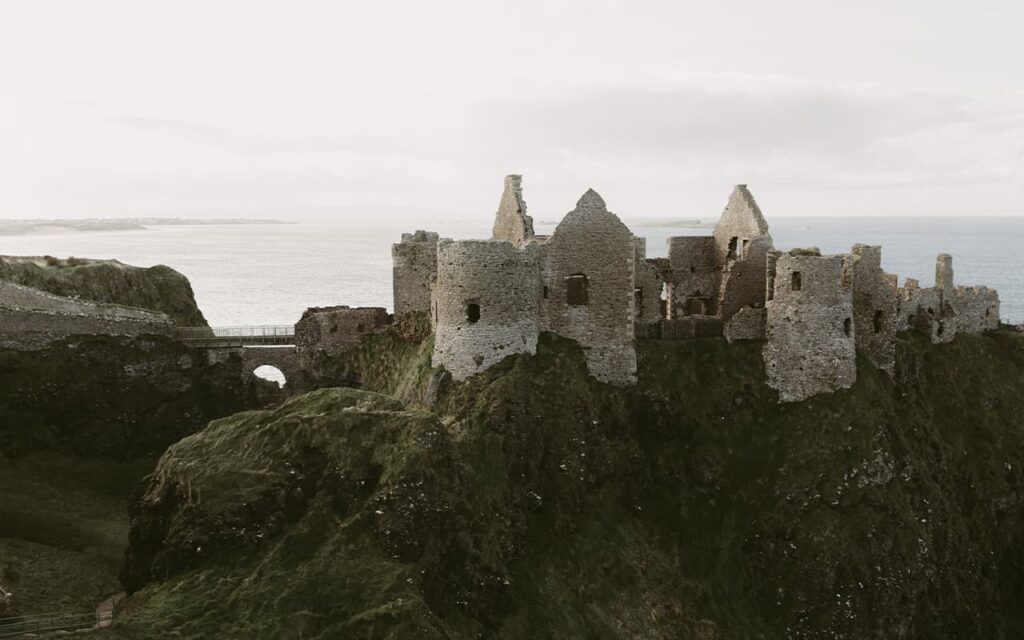The first humans settled Ireland during the Mesolithic period, around 8000 BC, when its climate improved after the glaciers receded. In the 4th and 2nd millennia BC, the island had a rich and complex Neolithic culture; several hundred megaliths of various types were built, including the Newgrange tomb at Bru na Boyne. Presumably in the 2nd millennium BC, the island was settled by the Celts and its inhabitants began to speak Celtic languages, although there is little archaeological evidence for this. According to genetic studies, the Irish are the descendants of agriculturalists from the Mediterranean, who wiped out the oldest population of the Emerald Isle, as well as pastoralists from the Black Sea region. Black Sea settlers – Indo-Europeans brought their language and genes of hemochromatosis, as well as genes allowing to digest lactose and drink milk. The similarity of the genomes of Bronze Age people and modern Irish, Scots and Welsh indicates that by 2000 B.C. the main characteristics of the “island”, different from the Gallic, genome of the Celts, whose descendants can be considered the Irish people.
The ancient Irish lived in separate tribes-clans under hereditary chiefs. There may have been communal ownership of land. Ireland was not part of the Roman Empire, but it is mentioned by the Roman historian Tacitus, the poet Juvenal, and the Greek geographers Ptolemy and Strabo. Ptolemy gives several dozen names of places and tribes, which in some cases can be identified with early medieval ones.
St. Patrick’s activities. The spread of Christianity in Ireland
In 432, St. Patrick, a native of Britain, spread Christianity among the Irish. The tranquility that prevailed on the island favored the development of scholarship among the monks. Already since the VI century Ireland became the center of Western scholarship, from its monastic schools came out of the preachers of Christianity on the mainland, the main center of them was a monastery on the island of Ayona. Irish monks made a significant contribution to the preservation of Latin culture during the early Middle Ages. Ireland of this period was famous for its arts – illustration of manuscript books (see Book of Kells), metalwork, and sculpture.
Around 700, the population of Ireland began to gradually decline, possibly due to war, famine, plague, or political unrest. Ireland’s population declined for nearly 200 years before the Vikings settled on the island in the 10th century.
